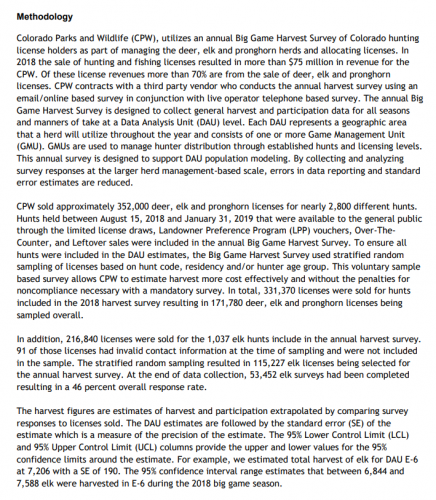mdeerjunkie
Well-known member
Hunted SW Colorado for deer and elk this year. There is defiantly plenty of animals up there, but there was a lot of people. While we were Deer hunting, some guys driving 4 wheelers busted some deer that were coming off private by shooting at them, while they are still in the private . They then went and sat right in the middle of where we were glassing. It’s public land, but still really annoying. I’d rather hunt a unit with less animals, just so there was not that much pressure.
. They then went and sat right in the middle of where we were glassing. It’s public land, but still really annoying. I’d rather hunt a unit with less animals, just so there was not that much pressure.





